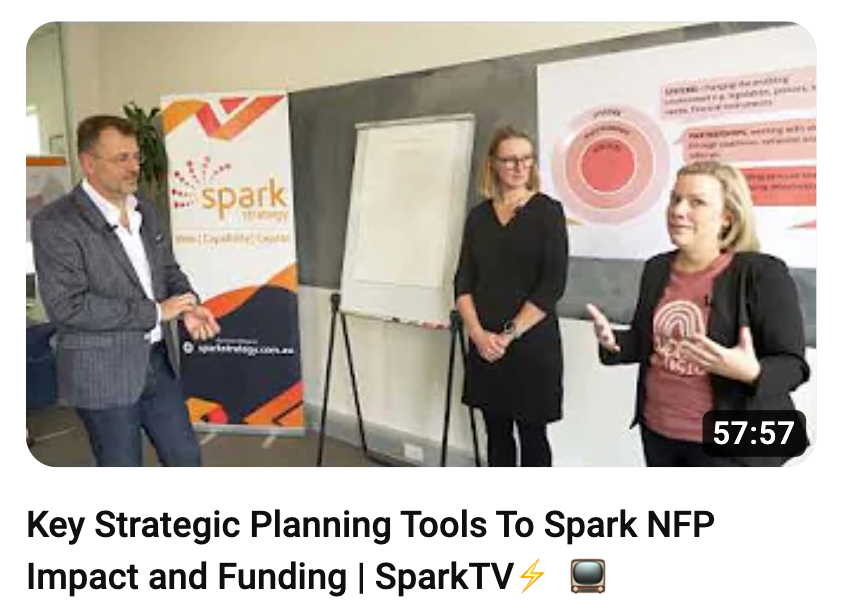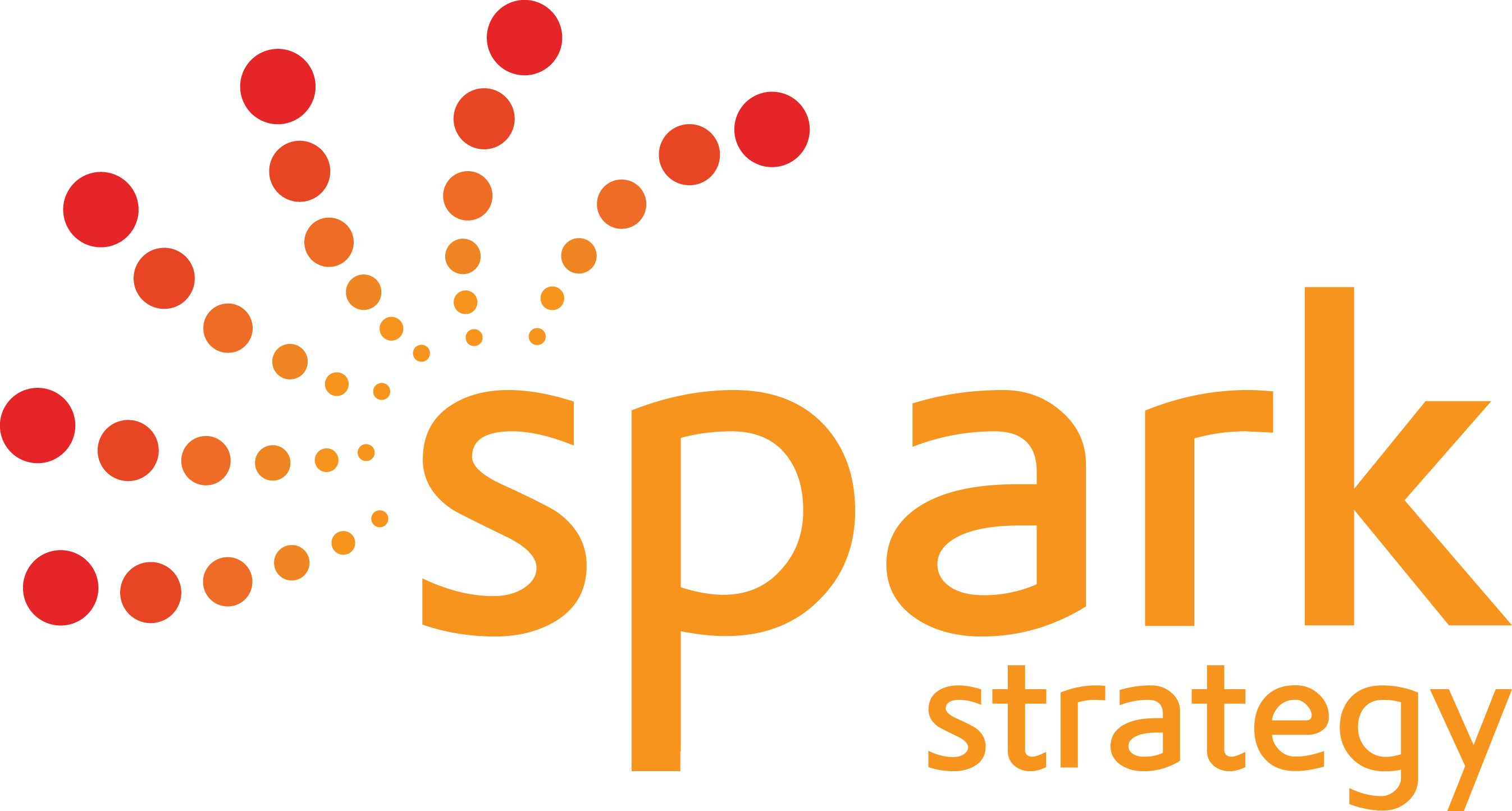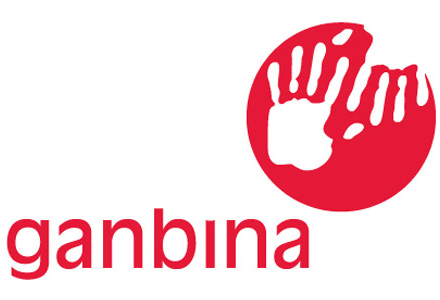The 5 Steps in converting Government Policy into Your Not-for-Profit Operating Model
As we continue to navigate uncertain budgets, Commissions hand down findings and elections loom, one thing is clear – policy will change in ways that will have far reaching impacts on your Not For Profit (NFP). The trick is anticipating , responding and transforming your Operating Model for greater impact and financial sustainability.
In the vast, interconnected ecosystem of social services, not-for-profit organisations play a critical role, serving the public good and supplementing government efforts. The relationship between these entities and government isn't just symbiotic; it's intricately intertwined, as government policies can significantly shape both the environment NFPs exist in as well as how they operate. For example as the Commission on the NDIS prepares to hand down its findings, it’s an ideal time to assess the opportunities and risks you can address through changes to your Operating Model.
Here, we take a first pass look into how NFPs can adapt their operating models to align with government policy and prosper.
Let’s define some terms first:
A "business model" is a construct outlining how an organisation creates, delivers, and captures value. In a not-for-profit organisation, this model morphs into an "operating model" or "service model". It provides a strategic view of how the organisation's resources, activities, and capabilities align to deliver its core value proposition – serving the community or specific cause.
In a not-for-profit context, the "value proposition" represents the unique societal or communal benefit the organisation offers, differentiating it from other entities. It might include factors like the specific societal need it addresses, the effectiveness of its programs, or the unique method it employs to deliver its services.
“Government policy” is essentially government’s view on how to best meet community demands and election priority (value propositions). In doing so, it plays a pivotal role in shaping a not-for-profit's value proposition. Policies can influence societal needs, available resources, and operational methods. They can also create new opportunities or challenges for NFPs, affecting how they deliver value and necessitating adaptations in their operating models.
The five steps …
Step 1: Interpreting Government Policy
Interpreting government policy is the first step towards alignment. Policies, often encased in complex jargon and bureaucratic nuances, need careful decoding.
As we know, policy is a form of expression how Government intends to meet the Value Proposition it promised to community. A critical task is to unpack the embedded these Value Propositions and for whom they have been constructed.
This is a strategic capability so best you build this capability inhouse so someone can act as a 'policy translator', breaking down complex regulations into actionable insights.
Step 2: Assessing Impact
Understanding the policy isn't enough; you must assess its impact on your organisation and your community. Conduct a SWOT analysis (Strengths, Weaknesses, Opportunities, Threats) and a value based analysis of the sector (your competition, partners, channels and suppliers) to identify the policy's potential implications on your operations [if you don’t know how to do this just reach out to us]. This work added to your Value Proposition extraction above, forms the foundation for adjustments to your Operating Model.
Step 3: Adapting Your Operating Model
Based on steps 1 and 2, using a model like POLISM to step through translating Value Propositions into Value Chains and then into changes to your structures, processes, and people, technology and information management systems. This might involve reorienting your services, seeking new partnerships, retraining staff, or launching new initiatives. In some cases, it may even necessitate a complete overhaul of your operating model.
This is not a small task and its one we are super busy on right now with clients across the social sector.
Step 4: Engaging Stakeholders
Stakeholder engagement is vital when adapting your operating model. Communicate with your employees, volunteers, donors, and the communities you serve about the changes, fostering transparency and trust, which are crucial for a smooth transition. Whilst we have listed this as step 4, it really should run right through the process.
Step 5: Policy Advocacy
NFPs have a role in influencing government policy. If a policy negatively impacts your organisation or those you serve, it's crucial to advocate for change. Use the evidence collected through your operations and your community connections to lobby for more supportive policies.
Conclusion
Government policy should not be feared by not-for-profit organisations. Instead, it should be seen as a guiding light, illuminating the path. By effectively interpreting and adapting to these policies, NFPs can align their operating models with the broader goals of societal development, embracing change as an opportunity for growth and improved service delivery. Any review of your operating model must be designed to create better outcomes, more efficiently.
Converting government policy into your not-for-profit operating model is not just about survival; it's about maximizing your impact in a dynamically evolving societal landscape. Whether you're scaling up your operations in response to a favourable policy or navigating challenges posed by less favorable ones, the goal remains to provide the best service to those who rely on you. Stay focused, stay resilient, and, most importantly, stay mission-driven.
If you need help, reach out to us – we have done this over and over and we have an education pack to build capability in your team as we work together on it.
To learn more about how Spark Strategy can help you kick goals this year, visit our services page, or reach out to us at [email protected]
|











